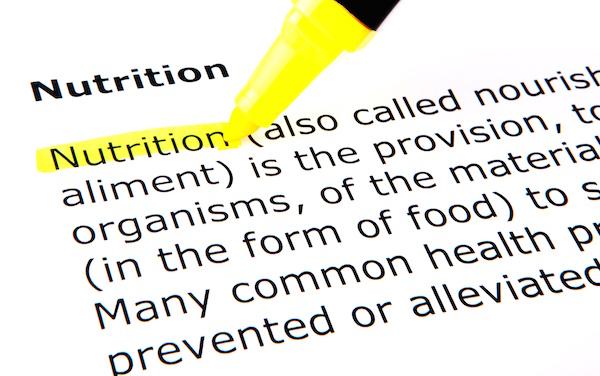
TUESDAY, June 1 (HealthDay News) — If you let TV ads determine what you eat, you’ll end up with huge amounts of fat and sugar but precious few vegetables and fruits in your diet.
That’s the finding of a new study that analyzes what would happen if a person were to eat 2,000 calories of foods that are advertised on the tube.
Researchers found that such a diet would include 25 times the recommended servings of sugar and 20 times the recommended servings of fat in a daily diet. But it would include less than half the recommended servings of vegetables, fruit and dairy products.
“The results of this study suggest the foods advertised on television tend to oversupply nutrients associated with chronic illness — e.g., saturated fat, cholesterol and sodium — and undersupply nutrients that help protect against illness — e.g., fiber, Vitamins A, E and D, calcium and potassium,” lead investigator Michael Mink, an assistant professor at Armstrong Atlantic State University, said in a news release.
Researchers came to their conclusions after analyzing the food advertised during 84 hours of prime-time broadcasts and 12 hours of Saturday morning broadcasts during a month in 2004.
The findings appear in the June issue of the Journal of the American Dietetic Association.
More information
For more about proper diet, try the U.S. National Library of Medicine.

